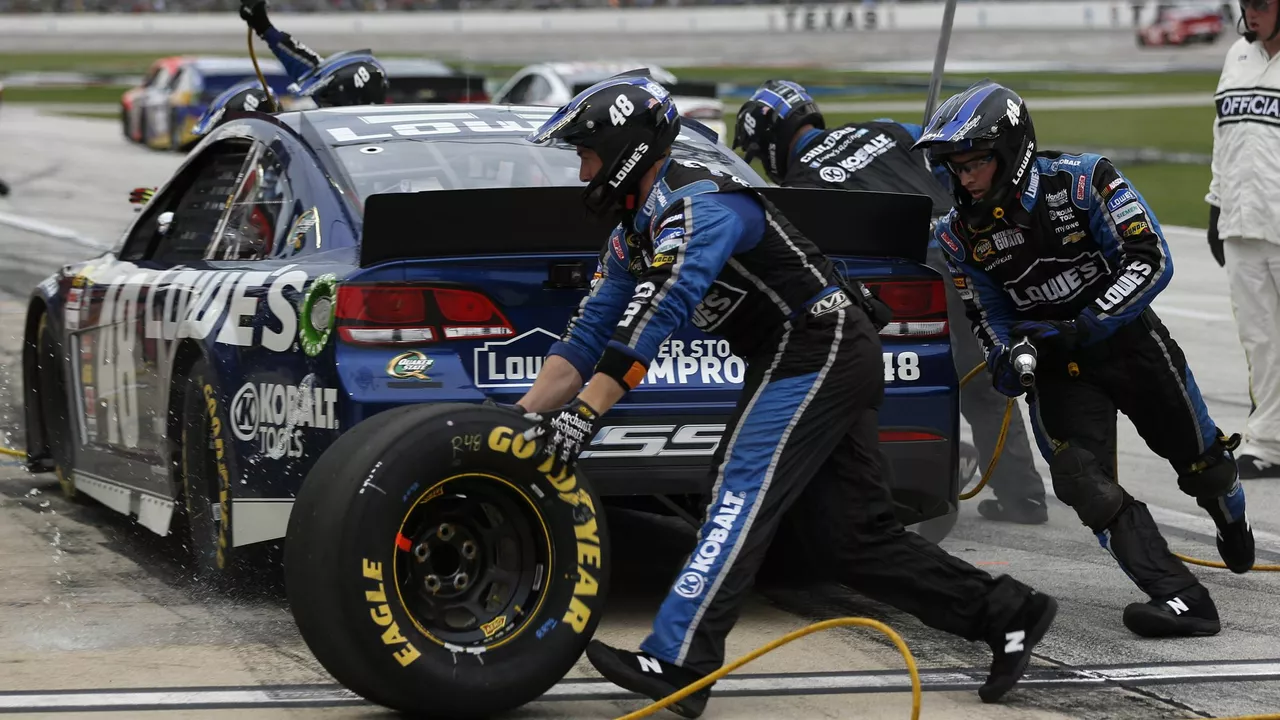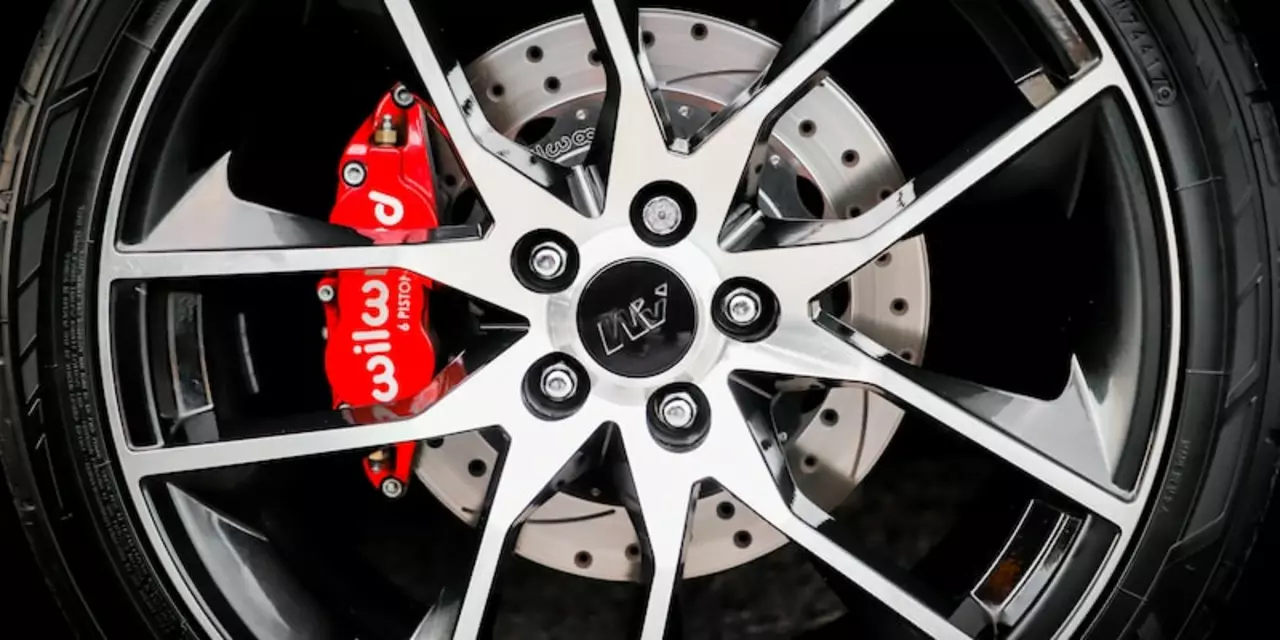Tires: The Heartbeat of Every Race
When a car roars around a circuit, most fans notice the engine sound, the sleek body, and the driver’s skill. What often stays hidden is the tire – the piece of rubber that actually puts the car on the road. In racing, a tire isn’t just a component; it’s the link between the driver’s commands and the asphalt. The right tire can shave seconds off a lap, while the wrong one can turn a win into a crash.
Choosing the Right Tire for the Track
Tracks come in many flavors: slick asphalt, bumpy street circuits, wet rain‑soaked roads, even icy sections in some rally events. Each surface demands a specific rubber compound and tread pattern. Slick tires, with no tread, give maximum grip on dry pavement but are dangerous when it rains. Rain tires have grooves that push water away, keeping the car from sliding. In endurance races, crews often pick a medium compound that balances speed and durability, because a tire that lasts longer can mean fewer pit stops.
Managing Tire Wear During a Race
Even the best tires wear down as the race goes on. Heat, cornering forces, and braking all chip away at the tread. Drivers feel this as a loss of grip, especially in the later laps. That’s why many racers talk about “tire management.” It’s not just about driving fast; it’s about keeping the tires in the sweet spot of temperature and pressure. In games like Assetto Corsa, you can even see tire wear in real time, which mirrors real‑world racing where teams monitor data to decide when to pit.
Pressure matters, too. Too high and the tire becomes stiff, losing contact with the road. Too low and the sidewall flexes, turning heat into a tire that bursts or slides. Most professional teams use sensors that feed live pressure readings to the pit crew. The crew then calls the driver in for an adjustment if the numbers drift outside the optimal range.
Another tip is to avoid “scrubbing” the tires early in the race. That means not pushing them to the absolute limit right away. Giving the rubber a few laps to heat up evenly spreads the wear more evenly across the surface. This approach often leads to a more consistent pace and fewer surprise pits.
In short, tires are the silent workhorse of any race. Pick the right type for the track, keep an eye on pressure and temperature, and manage wear without over‑cooking the rubber. Do that, and you’ll see faster lap times and a better chance at the podium. So next time you watch a race, give a nod to the tires – they’re doing most of the heavy lifting behind the scenes.




